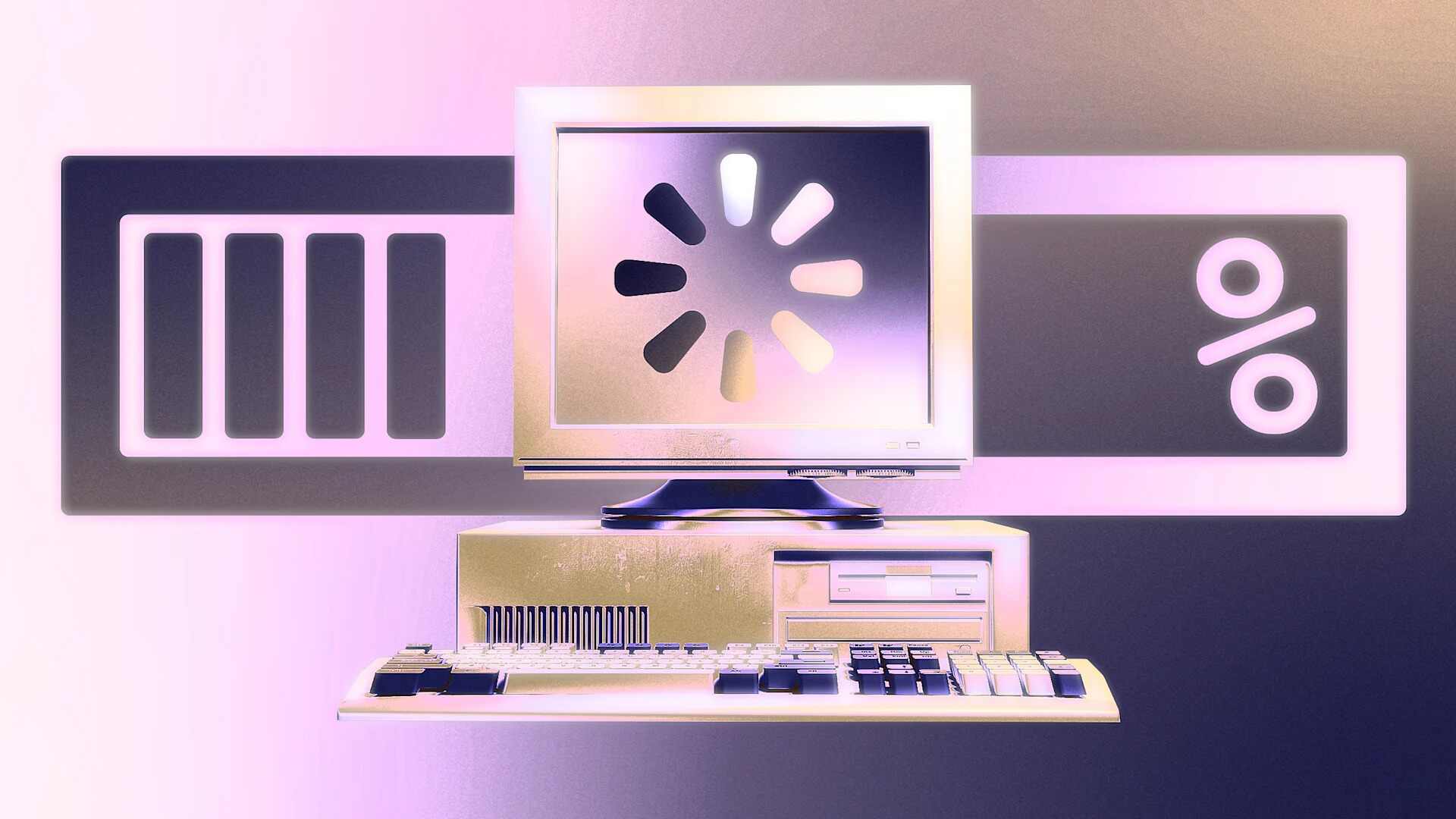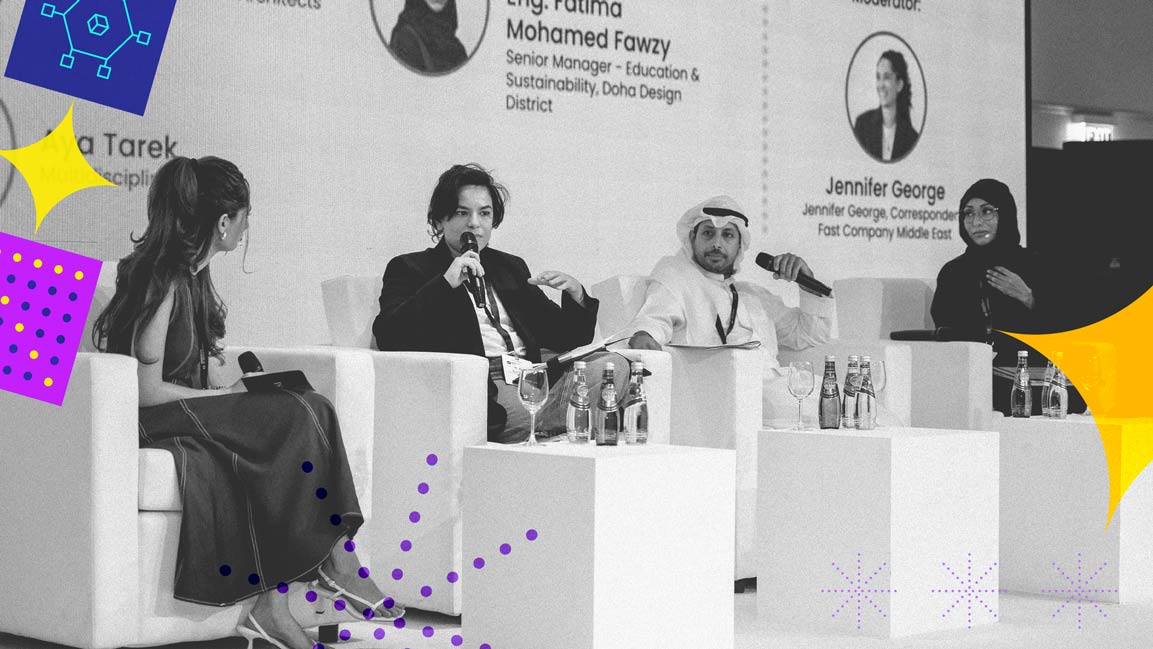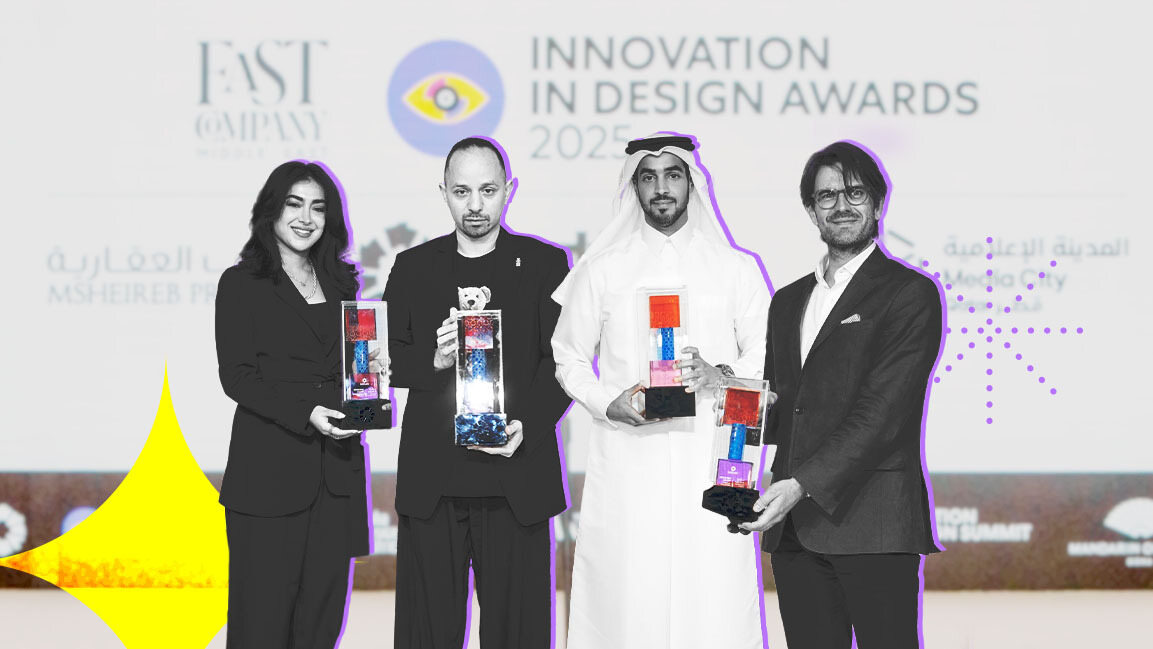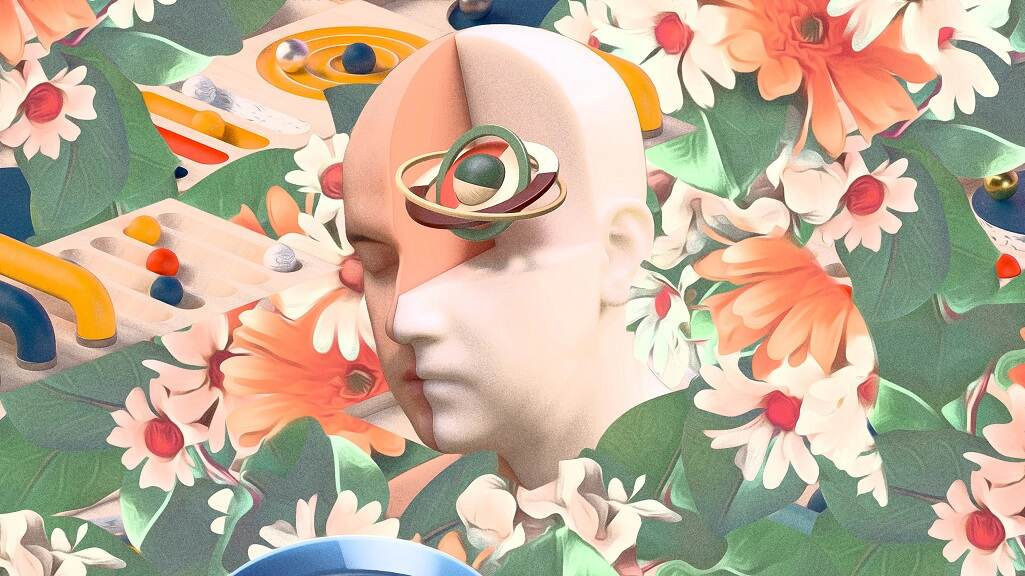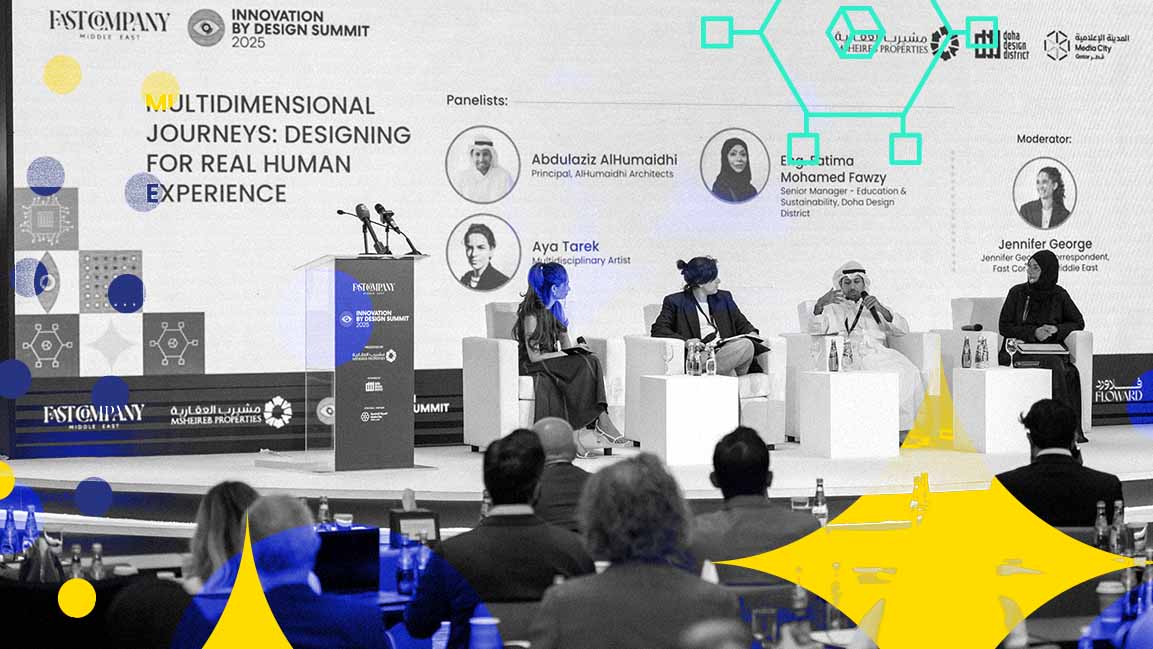- | 8:00 am
What designers wish they’d known before going freelance
Sometimes, you need a little advice from people who’ve been there.
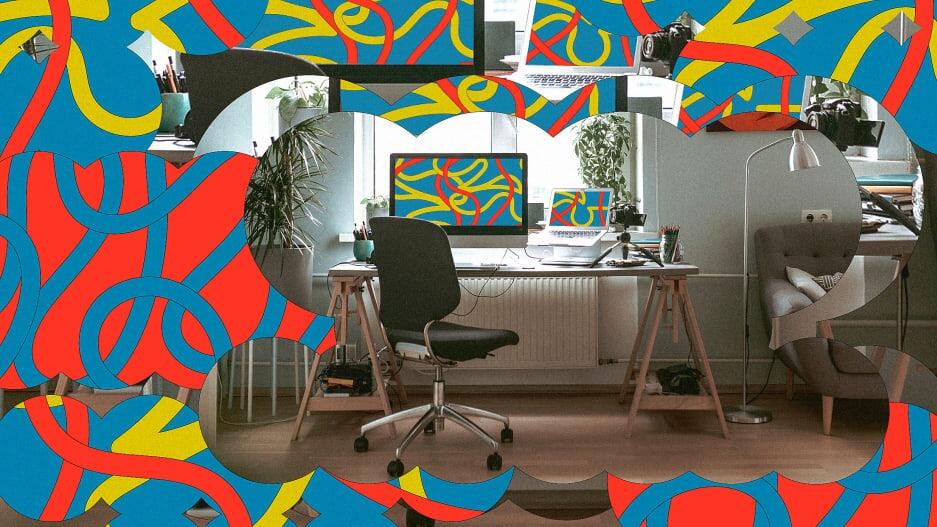
Starting a freelance practice is as exciting as it is daunting. You’re your own boss, but with that comes so many unknowns: How will you find clients? How much should you charge them? Can you actually go to the movies at 1 p.m. on a Wednesday?
The number of designers going freelance is on the rise, which means a whole new generation of design practitioners is figuring out what it means to start and manage their own business. There are plenty of checklists to guide you through the logistical tasks of setting up a business, but what about everything else? The stuff you hear about over coffee or drinks—the stuff that veteran designers wish they had known before going freelance themselves?
Sometimes, you just need a little advice from people who have been there, so we asked 10 freelance designers—from graphic designers to illustrators to creative directors—what they wish they’d known before jumping into the freelance life. Here’s what they had to say.
ENJOY THE FREEDOM
“There is nothing quite like not working for someone else. You’re your own boss. You get all the credit for the work you do. You don’t get feedback that you disagree with. It’s a creative’s dream! As a freelancer, you’ll waste less time. Working on a large team, there are a lot of unnecessary extra steps that you can completely disregard. You’ll probably feel like you’re doing more meaningful work. If you’re done with your work for the day, you no longer have to continue sitting by your desk and twiddling your fingers, even if it’s only 2 p.m. (Why did we even do that in the first place?!)”
—Talia Cotton, designer, coder, educator
BE STRATEGIC ABOUT YOUR PORTFOLIO
“Whatever you have in your portfolio is the kind of work you’re going to get more of as a freelancer. And that goes for every aspect, down to the type of industry and product. Is the most impressive project in your portfolio a toothpaste brand? Then get ready to spend the next five years doing oral-care-related designs. Whether your skills will transfer over to any industry or medium, clients won’t see it that way. Generally, they feel most comfortable working with someone who’s ‘already done’ this before. So, be strategic about what goes in your portfolio; curate and prune as time goes on to reflect the type of work you want to do.”
—David McGillivray, graphic designer
MAKE IT EASY TO GET PAID
“Have your personally branded templates ready for proposals, contracts, and invoices. As a professional, it’s important to have these for all projects you take on. Some clients may provide contracts, so be sure to read them carefully before signing. For clients who don’t have a contract, having your own one ready can protect you and your work. Ensure that your payment information is correct on all invoices and consider providing multiple payment methods to make it easier for clients to pay you. You can find many templates online and customize them to look clean and professional, with a touch of your personal branding. Avoid overdesigning them.”
—Meng Shui, creative director and brand consultant
EMBRACE THE UNCERTAINTY
“In the world of freelance, it may feel very unsettling as everything feels unstable and temporary. But the longer we’re in it, the more we realize that we were just fed an illusion of corporate stability. Real security starts with your own belief in your own pursuits. I’ve never felt more confident about my values and my place in this world.”
—Shawna X, illustrator
TRUST YOUR GUT
“Do what you think is right, and don’t feel like you have to do it perfectly from the beginning because it’s going to be a learning curve. The kinds of clients you get at the beginning, when you don’t have as much clout or as much of a portfolio, are going to teach you more about what projects you do and don’t want to take on. All the mistakes I made have been integral to figuring out what kind of freelance designer I want to be and what kind of collaborators I want to have.”
—Elizabeth Goodspeed, designer and art director
PREPARE FOR A WILD RIDE
“Mostly, [solo working] is great, but a lot of it I haven’t been prepared for. Getting stiffed, going months without work during COVID, and four years at it still trying to wrap my head around business taxes have been some of the big surprises. Emotionally those seem to carry more weight than the wins I should be celebrating. Even so, all of these experiences do make me feel like I can do anything, which has been generally pretty true. The once unfathomable task of getting massive quantities of units designed and shipped is now something I do like a skateboard trick. I’m making an effort to enjoy the journey of running my own business, highs and lows. I love that everyday I’m able to learn and explore something new. I get to meet people from all over the place with fantastic visions for the world. I’m hesitant to encourage anyone to leave the W-2 world, but I am very happy and proud of where I am now.”
—Tristan Cannan, industrial designer and founder of Mystery Form
BUILD A CREATIVE NETWORK
“Build a network of creative professionals you enjoy collaborating with, such as copywriters, photographers, illustrators, animators, etc. When a project requires more than just design work, it’s more enjoyable to work with people you know and trust. Have a group of designer friends who can cover for each other during busy periods and provide support when needed. Cultivate your own community so you don’t feel isolated as a freelancer. Remember that freelancing can be challenging, so having a support system can help you navigate any difficult periods.”
—Meng Shui, creative director and brand consultant
TRACK YOUR HOURS, BUT CHARGE FOR VALUE
“When I first started operating as a one-woman independent design business, I had some rates in mind, but I didn’t actively track my hours. My approach to estimating fees for clients was definitely informed by full-time experiences both in-house and agency side. Especially when taking on a new type of project, you may not know how much time something will take to execute and you don’t always anticipate all the extra administrative work (scheduling meetings, drafting paperwork, creating the timelines, following up with stakeholders for feedback, etc.) You may even want to charge more when you know that the client will be harder to work with (often referred to as a Hassle Tax or A**hole Tax!). Now I use a time tracker—I personally like Toggl, but there are many options—which makes me more confident in evaluating potential projects because I have real data to inform my payment breakdowns. I also know now to charge not just for time spent (hours) but the unique experience and expertise that I bring to the project (value). Finally: I never give a client pricing over the phone unless I have all the context I need to offer a value-based estimate.”
—Rachel Gogel, independent creative culture officer
HAVE FAITH IN THE WORK
“As a freelancer, it’s important to have confidence that work will come your way. I’m not saying to sit back and expect clients to find you, but rather, put your best work and self forward, and exciting things will start to happen. You should always be optimistic that there will be more work to find, and that work will also find you. Networking with RISD alumni and designers I admire was extremely helpful in navigating the design world, and I am immensely grateful for their guidance. I built my client network by word of mouth and by nurturing connections with people in this space who referred me to potential clients. As a freelancer, you want to be top-of-mind when people have design needs. I have learned early on that if you’re interested in working with someone, send a cold email. Don’t be afraid to introduce yourself and your work. Not getting any responses is not a bad thing! I’ve received replies months, even years, later. Being in their database helped studios and designers remember me when the time was right.”
—Adèle Roncey, graphic designer
BE PREPARED FOR GRUNT WORK
“Whoever you can hire to help you, hire them. You’re doing it all. In addition to the work I’m usually doing—design and creative direction—I’m also working on marketing, client acquisition, project management, hiring, HR/payroll, you name it.”
—Talia Cotton, designer, coder, educator
TAKE THE GOOD WITH THE BAD
“Most people are unwilling to do what it takes to be a successful independent designer. You have to manage your own time, your taxes, your vacations, your payments, constantly follow up with clients to get paid correctly, get their feedback on time, organize yourself to deal with multiple projects at once, tune down the distractions of everyday life, find motivation, and have well-defined goals that you, and only you, are responsible for making it a reality. All of this also comes with many advantages. You can choose projects and, to a certain extent, which hours you want to work, plan your vacations for as long as you want, and, especially have the freedom to be yourself. You must develop a unique identity and not follow others because people will hire you for who you are, to do what you like to do.”
—Mauricio Tonon, art director and motion designer
SAVE YOUR PENNIES
“A freelancer must build a financial cushion. This is not just about having money to survive when the market is not good. It is about having the safety that will give you the inner peace to think properly. Otherwise, you will be a victim of circumstances, of needs, of the urgency of banks, and rent, which empties your soul and exhausts you completely, taking away all the energy you will need to be creative and solve any problem you may come across. It is also important to understand that even though it may feel like projects and clients last forever, the reality is quite the opposite. Any business, especially those so intertwined with technology, is by nature short-lived and requires constant adaptation. So, when you find a gold lode, go all in and work hard while keeping in mind that it will eventually end, so get ready for the next thing. Do that, invest wisely in other fields, and always, always prepare for the worst so you can live a happy and creative life.”
—Fernando Santiago, freelance designer
Additional reporting by Elissaveta Brandon, Jesus Diaz, and Zac Petit.












